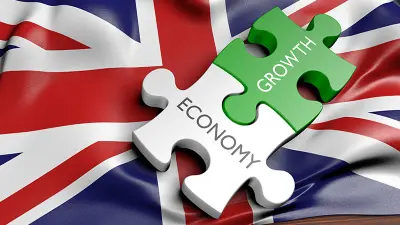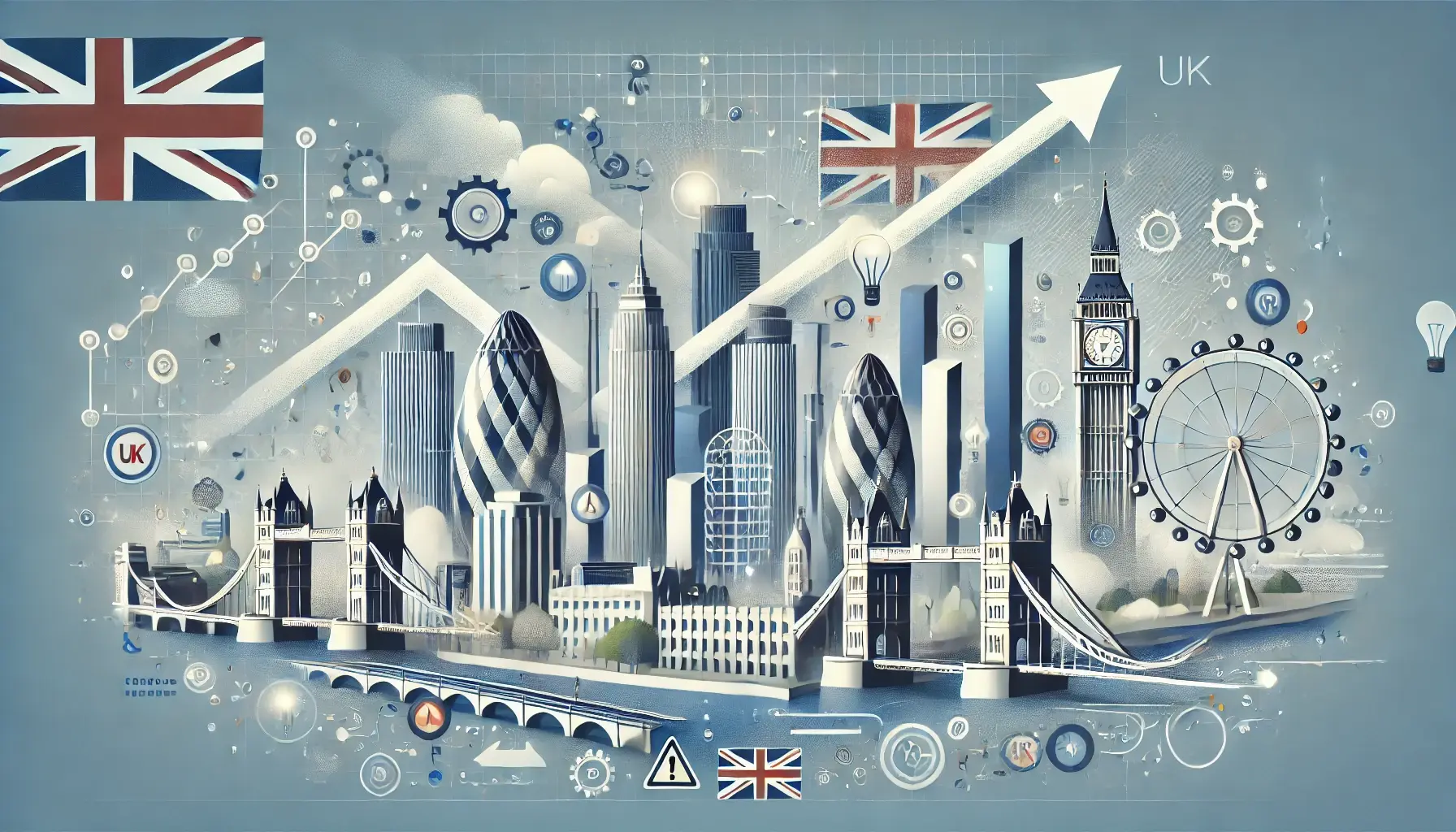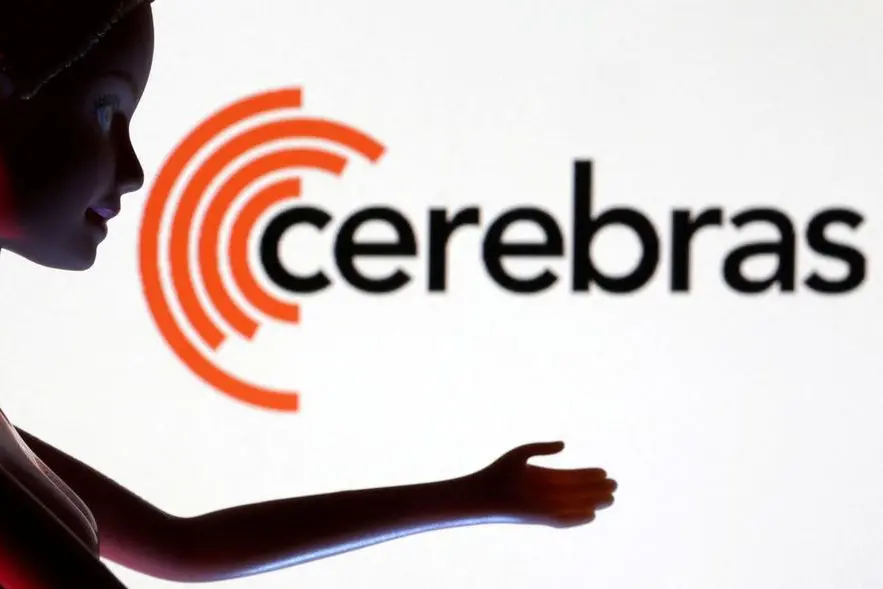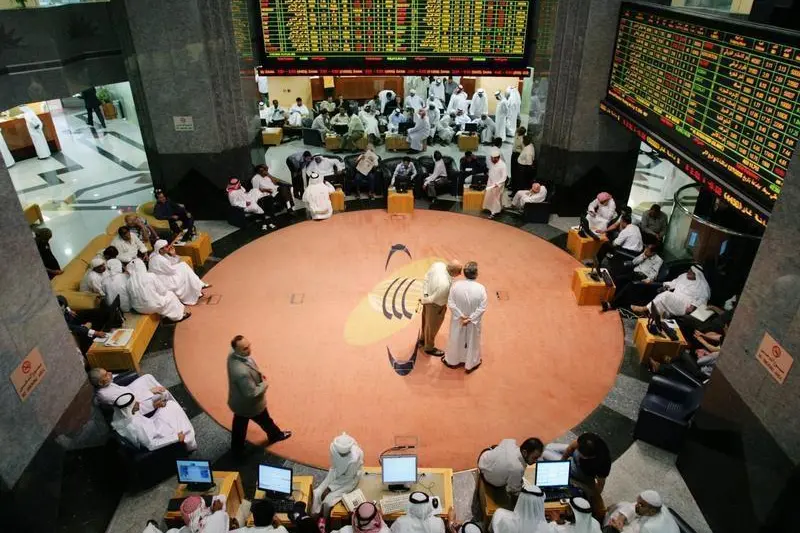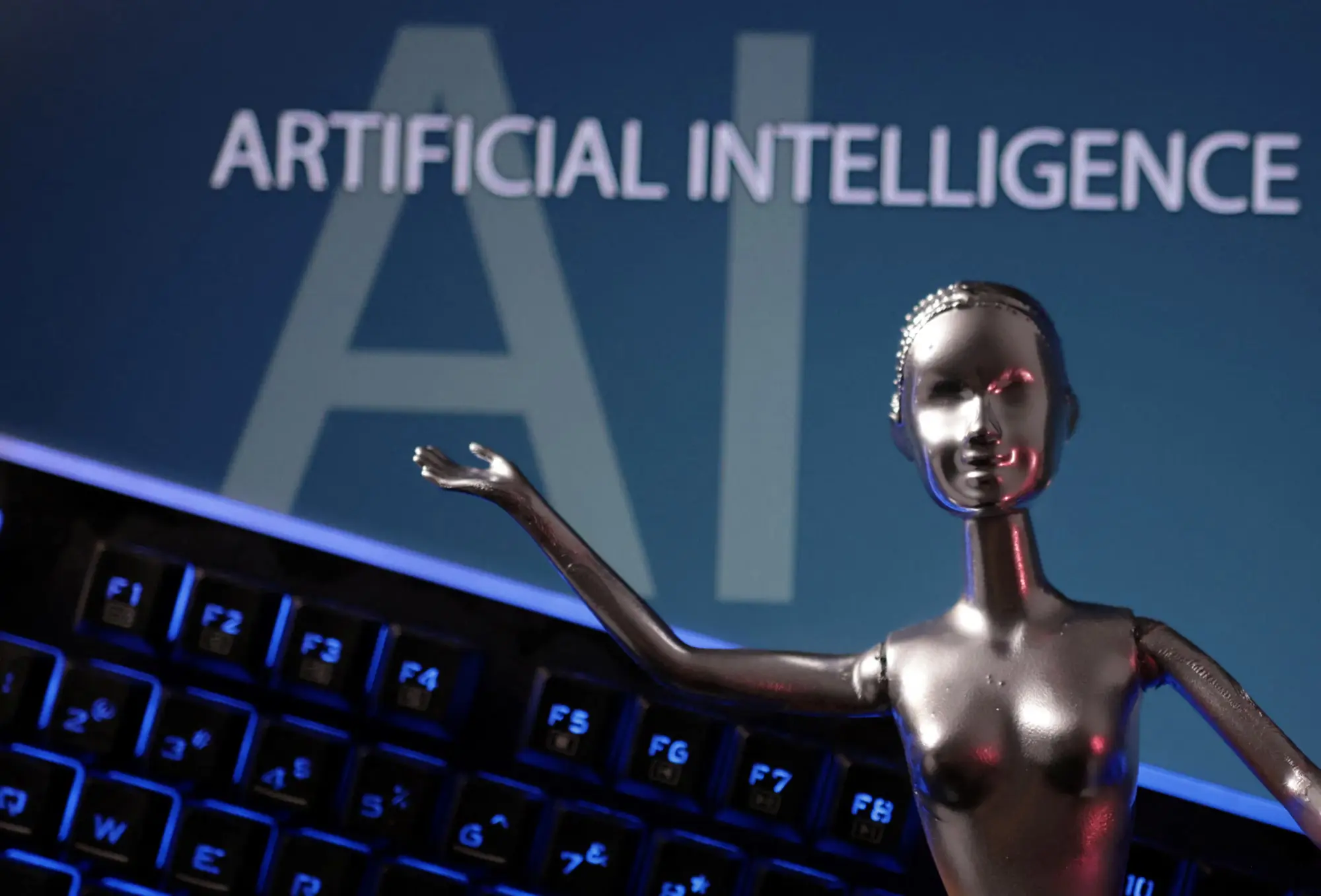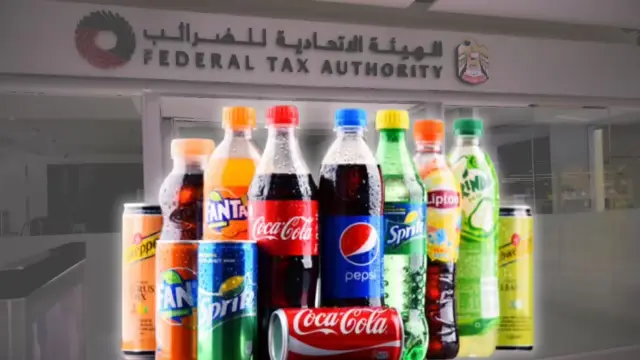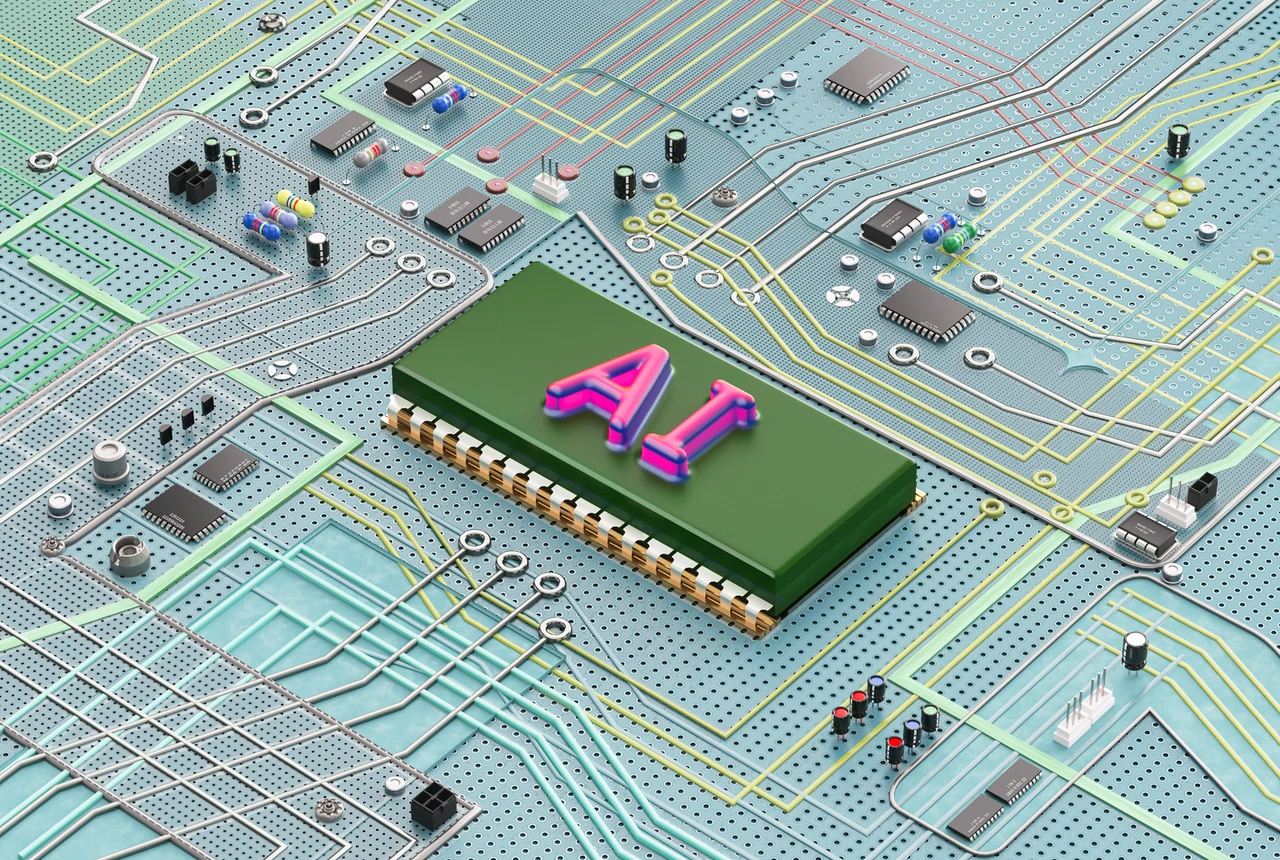Generative AI Trends 2025: Creativity & Innovation
Generative AI is transforming content creation, design, software development, and business innovation. Discover its top 2025 applications and implications.
Text Generation for Business & Media
Used for writing articles, ad copy, SEO content, and emails.
Automates routine writing tasks with tools like ChatGPT and Jasper.
Saves time for journalists and marketers.
AI in Art & Design
Generates images, illustrations, and digital art based on prompts.
Popular tools: DALL·E, Midjourney, Adobe Firefly.
Used in marketing campaigns, game design, and publishing.
Video & Animation Creation
AI tools produce short videos, trailers, and synthetic actors.
Reduces cost and time in film, advertising, and education.
Platforms: Sora by OpenAI, Runway ML.
Music Composition & Sound Design
AI generates original music for films, games, and ads.
Composers use AI as a co-creator or starting point.
Personalized soundtracks based on user moods.
Code Generation & Software Development
Tools like GitHub Copilot assist in writing and debugging code.
Automates repetitive coding tasks and suggests solutions.
Speeds up development and lowers entry barriers for beginners.
Synthetic Data Generation
Creates realistic, anonymized data for training ML models.
Solves data privacy issues and enhances model training.
Widely used in healthcare, finance, and autonomous driving.
AI-Powered Prototyping
Designers can generate UI/UX mockups from text descriptions.
Accelerates product design cycles.
Popular in startups and design agencies.
Generative AI in Education
Produces custom lesson plans, quizzes, and study material.
Adaptive learning systems personalize content per student.
Used in online learning platforms and virtual classrooms.
Legal & Contract Drafting
AI drafts contracts, analyzes case law, and highlights legal risks.
Law firms use AI to speed up document review.
Reduces manual legal workloads.
Risks of Generative AI
Deepfakes can spread misinformation or cause identity fraud.
Plagiarism concerns in AI-generated content.
Misuse in propaganda or copyright infringement.
Ethical Use and Regulation
Governments are enforcing disclosure for AI-generated media.
Companies adopt usage policies and watermarking tools.
Responsible AI use is becoming an industry standard.
Job Transformation & Human Creativity
AI replaces repetitive creative tasks but augments human ideas.
Writers, designers, and coders become creative directors of AI.
Requires new skillsets in prompt engineering and AI oversight.
Enterprise Adoption in 2025
Generative AI integrated into Microsoft, Adobe, Canva, and Google tools.
Business operations, marketing, and customer service enhanced by AI.
Enterprise-grade models include customization and safety features.
Open vs. Closed AI Models
Open-source models (e.g., LLaMA) encourage transparency and innovation.
Closed models (e.g., GPT-4) ensure control and quality.
Debate continues on governance, safety, and accessibility.
Future Outlook
Generative AI will become a core part of the creative economy.
Collaborations between humans and machines will dominate innovation.
Regulation, ethics, and literacy will shape its long-term impact.
